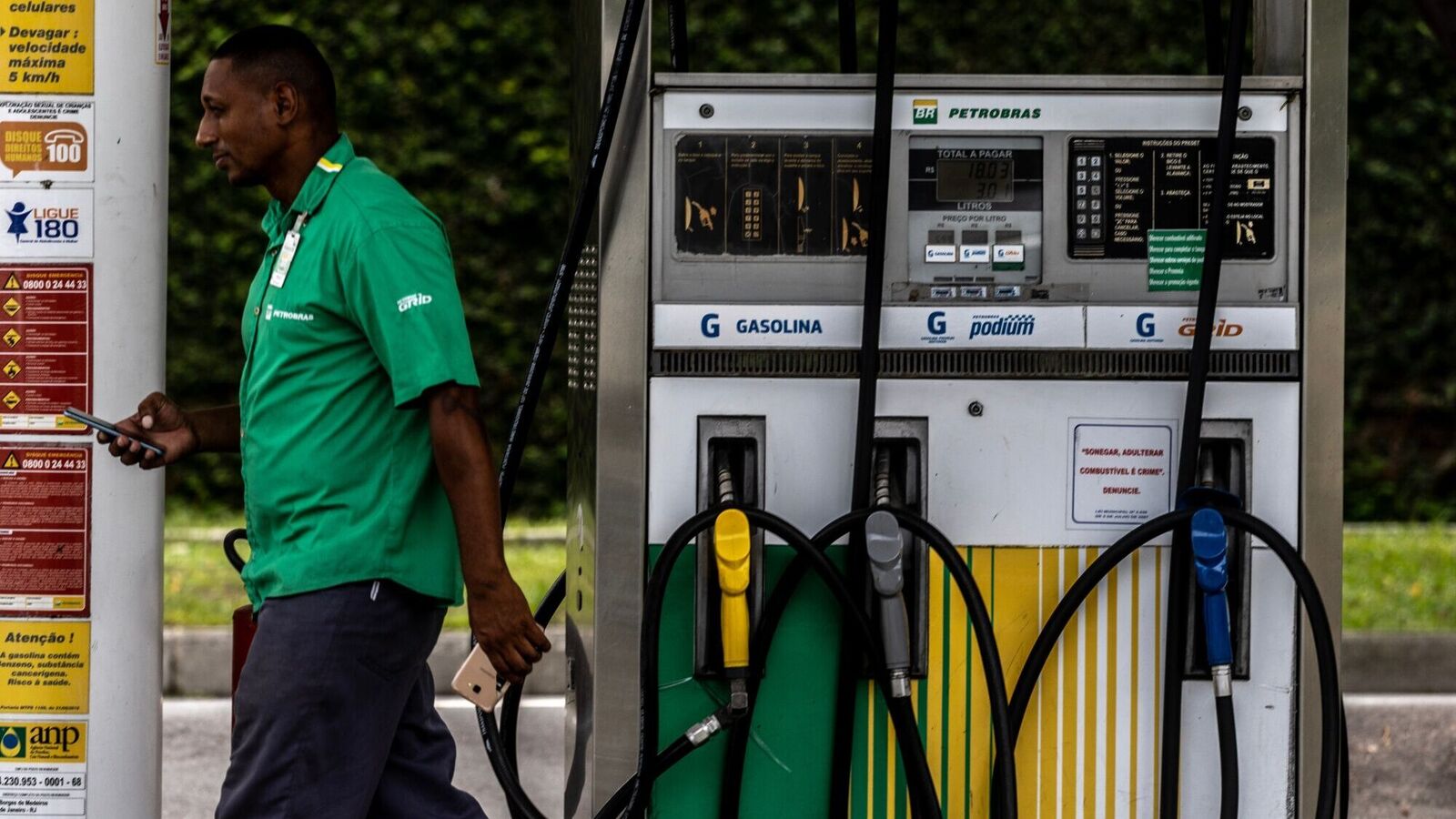- Oil demand growth will plateau at 105.6 million barrels per day (bpd) by 2029, the IEA said in an annual report.
Global oil demand will peak by 2029 and begin to contract the following year while the U.S. and other non-OPEC countries add to supply, the International Energy Agency said on Wednesday, resulting in a major surplus this decade.
The IEA, which advises industrialised countries, moved forward the date for peak oil demand after having said in October that it would occur by 2030.
Its view contrasts with the outlook of the oil producer group the Organization of the Petroleum Exporting Countries (OPEC), which sees demand rising long after 2029 in part due to a slower shift to cleaner fuels and has not predicted a peak.
Oil demand growth will plateau at 105.6 million barrels per day (bpd) by 2029, the Paris-based IEA said in an annual report, before contracting slightly in 2030 as electric car use rises, efficiency improves and power generation moves away from oil.
The IEA also sees supply capacity hitting nearly 114 million bpd by 2030, or a full 8 million bpd above projected demand, with non-OPEC producers led by the U.S. making up three-quarters of the capacity increase.
“This report’s projections, based on the latest data, show a major supply surplus emerging this decade, suggesting that oil companies may want to make sure their business strategies and plans are prepared for the changes taking place,” IEA Executive Director Fatih Birol said.
Demand growth will be driven mostly by emerging economies in Asia, especially by road transportation in India, as well as jet fuel and petrochemicals in China.
The projection of a supply glut will have wider reverberations, not least for OPEC nations that depend on oil for a major part of government income, the IEA said.
“Spare capacity at such levels could have significant consequences for oil markets – including for producer economies in OPEC and beyond, as well as for the U.S. shale industry.”
Gap with OPEC
In a separate report on Wednesday, the IEA trimmed its oil demand growth forecast for 2024 by 100,000 bpd to 960,000 bpd, citing sluggish consumption in developed countries.
A muted economy and uptake of green energy should bring 1 million bpd growth next year, it added.
Those projections fall far below those of OPEC, which on Tuesday kept its outlook for 2024 demand growth at 2.25 million bpd and 1.85 million bpd for 2025.
The gap between the IEA and OPEC on 2024 growth is now even wider than it was earlier this year when a Reuters analysis found that the 1.03 million bpd difference in February was the biggest since at least 2008.
Birol, speaking to reporters in a webinar after the report’s release, called the divergence with Vienna-based OPEC on demand projections “something noteworthy”.
“Of course, we will see at the end of the year,” he said. “We look at the data, every amount, every day, to give the best information for decision-makers and the public.”
First Published Date: 13 Jun 2024, 07:02 AM IST

